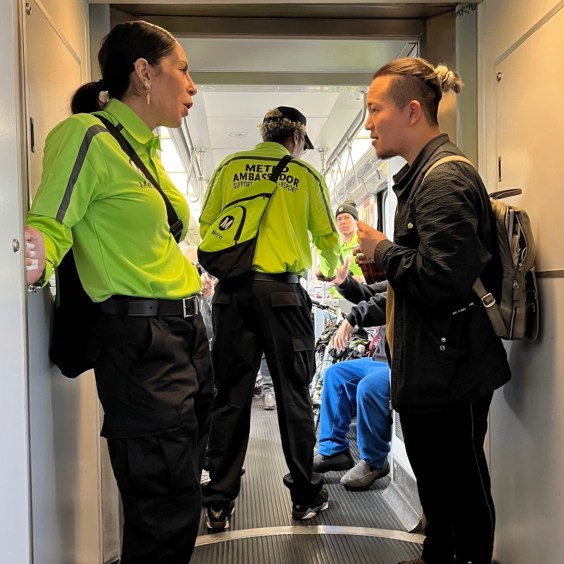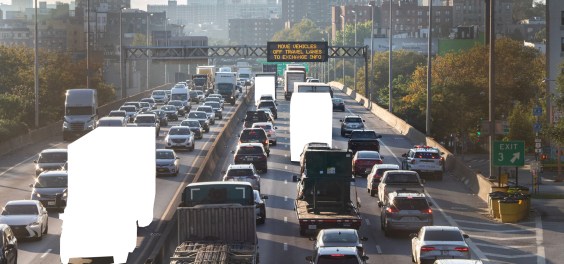Bike-share has the capability to expand access to jobs and transit for communities in need of better transportation options -- but only if the system is set up and operated in an equitable way. Our latest collaboration with the National Association of City Transportation Officials (NACTO) examines how to build a thriving, equitable bike-share system.
At the end of June, the Better Bike Share Conference brought together advocates, employers, and experts in the field to share ideas and strategies about how to improve access to bike-share. We interviewed a dozen leaders about what bike-share systems are doing to overcome barriers to use, and what more needs to be done.
NACTO has some great resources available for people who want to take a deeper look at issues of bike-share and equity, including papers on:
This Streetfilm features footage of nearly a dozen bike-share systems, but primarily Indego in Philadelphia, Citi Bike in New York, and Capital Bikeshare in DC. As part of the filming, I got to ride along with Black Girls Do Bike NYC for a Citi Bike tour from Bed-Stuy to Red Hook in Brooklyn -- you can see more scenes from that ride in this short.





